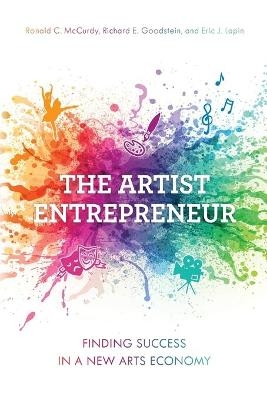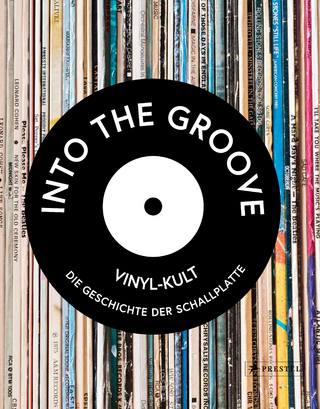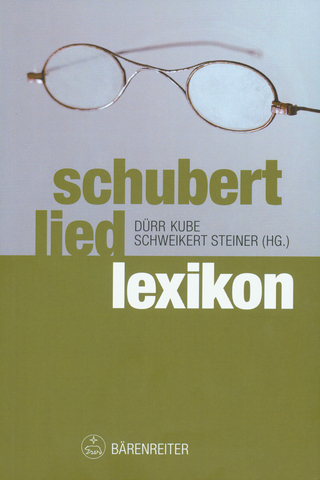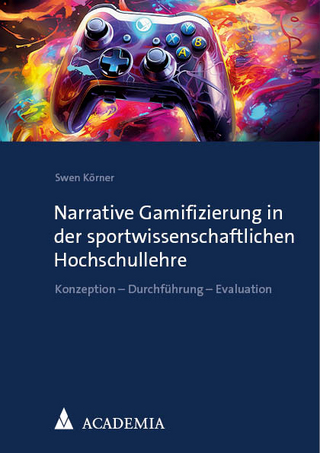
The Artist Entrepreneur
Rowman & Littlefield (Verlag)
978-1-5381-2328-7 (ISBN)
The conventional means of pursuing an arts career is evolving at a rapid pace, and a paradigm shift is required for artists to re-invent how they will shape their own careers. To do so, one must have the tools and a vision for what is possible. As such, this book will firstly discuss how to unlock and nurture the creative process. Attacking creativity as a process to be honed will allow the student to develop the big idea projects necessary to be successful in today's arts performance landscape. In addition to the creative process, the typical college curriculum also never addresses what a technical rider is, how an artist protects their intellectual property, how composers obtain commissions, how to communicate with arts presenters, book a tour, handle the logistics of a tour, deal with taxes and bookkeeping, or understand contracts with gallery owners or presenters. As traditional performing jobs wane, a sea change in student preparation is needed. Addressing students across the artistic spectrum, this book offers ideas and examples of ways to develop a new generation of Artist Entrepreneurs prepared for the new arts economy.
Richard E. Goodstein serves as Dean of the College of Architecture, Arts and Humanities and Professor of Music at Clemson University. He has been on the Clemson faculty since 1982 and during his tenure at Clemson, he has served as Director of the Tiger Marching Band, Director of Bands and Chair of the Department of Performing Arts. Goodstein served as Music Director for a number of theatrical productions such as Rent, Marat/Sade, A Funny Thing Happened on the Way to the Forum, The Music Man, Urinetown, and the 2010 Clemson University Capital Campaign Kick-Off. He also supervised the original score for The Decameron Project, an award-winning theatrical production that traveled to the International Fringe Festival in Edinburgh, Scotland. In addition to his work at Clemson, Goodstein is a consultant for the Walt Disney Co. and served for 11 years as the musical director of the Walt Disney World All-American College Band. Eric J. Lapin is the Director of Artistic Initiatives for the Brooks Center for the Performing Arts and a Lecturer of Music in the Department of Performing Arts at Clemson University. He teaches courses in applied clarinet, arts administration, and jazz history. As a clarinetist, Lapin has performed with the Piccolo Spoleto Festival Orchestra, the Spartanburg Philharmonic, the Limestone College Wind Ensemble, and has given solo performances for the Greenville Music Teachers Association and the 2012 Clemson University Victor Hurst Academic Convocation. Lapin has presented papers at numerous conferences, hosted research exhibits, published scholarly essays, and was recently named February 2017 Researcher of the Month by the Clemson University Library. In addition, Lapin also serves as a delegate to the Faculty Senate, is a member of the South Carolina Humanities Speaker’s Bureau, is on the Board of Directors for the Pendleton Historic Foundation, and is on the University STEAM committee. Ronald C. McCurdy is professor of music in the Thornton School of Music at the University of Southern California (USC) where he served as chair of the jazz department for six years (2002-2008). Prior to his appointment at USC he served as Director of the Thelonious Monk Institute of Jazz at USC (1999-2001). He is co-author of a vocal jazz improvisation series titled Approaching the Standards. McCurdy authored, Meet the Great Jazz Legends and contributed chapters to two recent publications: Teaching Music in Performance Through Jazz: Vol. I and African Americans and Popular Culture. McCurdy is a consultant to the Grammy Foundation educational programs including serving as director of the National Grammy Vocal Jazz Ensemble and Combo. McCurdy serves as a consultant and Artistic Board Member to YoungArts. He also serves as Director of the Walt Disney All-American College Band in Anaheim, CA. http://www.ronmccurdy.com
Introduction
Chapter 1: A Model for Success
Chapter 2: What’s the Story? - Finding Your Soul
Chapter 3: Finding Your Creative Space
Chapter 4: It’s Not About The Money, Yet!
Chapter 5: Choosing and Building Your Team
Chapter 6: The Emerging Artist and Self-Management
Chapter 7: Minding Your Own Business
Chapter 8: Arts Leadership
Chapter 9: Marketing and the Use of Social Media
Chapter 10: We Got the Gig! Now What?
Chapter 11: Funding Your Project
Afterward
References
Appendix- Technical Rider Example 1 (Music)
Appendix- Technical Rider Example 2 (Dance)
Appendix- Technical Rider Example 3 (Theater)
Appendix- Contract Example
| Erscheinungsdatum | 12.11.2019 |
|---|---|
| Verlagsort | Lanham, MD |
| Sprache | englisch |
| Maße | 154 x 223 mm |
| Gewicht | 286 g |
| Themenwelt | Kunst / Musik / Theater ► Musik ► Allgemeines / Lexika |
| ISBN-10 | 1-5381-2328-2 / 1538123282 |
| ISBN-13 | 978-1-5381-2328-7 / 9781538123287 |
| Zustand | Neuware |
| Haben Sie eine Frage zum Produkt? |
aus dem Bereich


